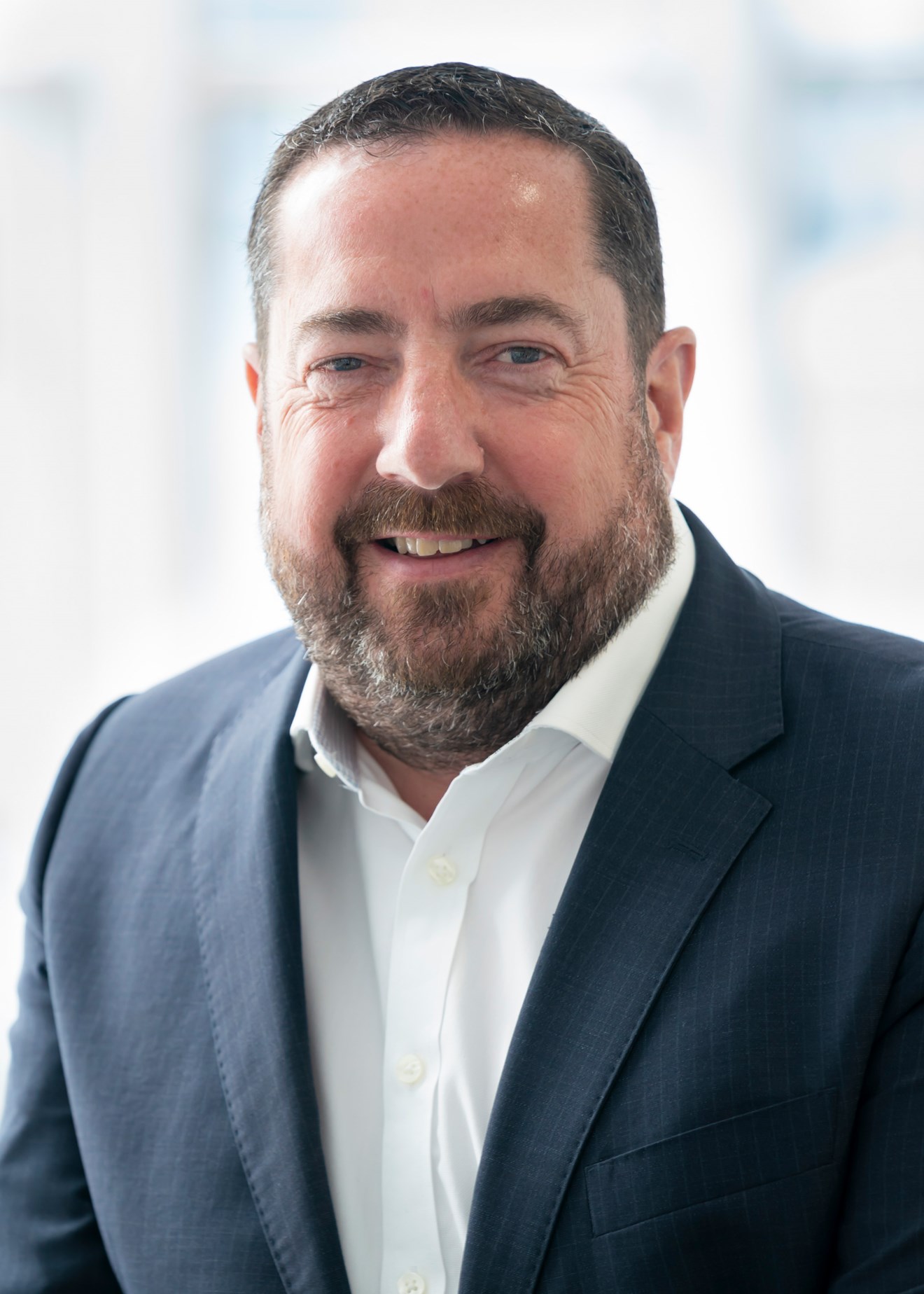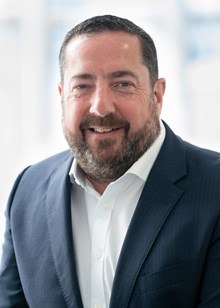Despite almost universal agreement that combining performance data from individual pieces of equipment together with the monitoring of plant-wide utilities and processes could help manufacturers optimise production, some felt that a centralised, Cloud-based data platform was not the only answer to the issue.
And even though Siemens has successfully developed MindSphere - a highly flexible, secure cloud-based operating system which is being used to not only boost productivity in our own factories but with many manufacturing companies around the world - it seems some in our industry are not yet ready to put their faith in a remotely-located central interface where all data is processed and analysed.
Part of this reluctance, beyond fears of a cybersecurity breach, could lay in the fact the arrival of the Industrial Cloud, along with IIoT, was heralded as a potential standalone solution to the productivity puzzle.
A seemingly ‘if you build it, they will come’ belief developed, with early evangelists believing if they sent all their performance data to the Cloud a type of manufacturing alchemy would occur, and that ‘gold nuggets’ of useful enterprise data, or a transformational operational insight, would emerge fully-formed.
We decided to explore this issue in more detail at the Digital Talks event, and one of the most well-received presentations came from my Siemens colleague Rainer Brehm, our global head of automation products and systems.
He explained that in his view the answer to unlocking the full potential of Industrial IoT could be found by combining the benefits of robust, secure and real-time Operating Technology (OT) found on the factory floor with the agility, flexibility and immense processing power of Information Technology (IT) in the Cloud.
Or in other words use a combination of Edge processing with the Cloud to create a new ecosystem of dataflow, analysis and optimisation.
To explain what Edge computing was, and why it had so much significance with regard to manufacturing, he gave the example of a common smart phone, pointing out that the device we all carry is in fact an Edge Computer. Yes, it’s inextricably linked to the Cloud, but a vast majority of the practical processing is done in the palm of your hand.
He went on to highlight that a modern car is also, in effect, an Edge computer; and that with the advent of a new generation of driverless vehicles we as passengers probably won’t want to have remotely-hosted software deciding whether to turn right or left, or deciding if an emergency stop is required or not. Instead, Rainer argued, you want to have immense local computing power in your car to determine its actions while it’s in motion.
However, he then added that you’ll also definitely want your vehicle connected to the Cloud so it can both upload data with regards to diagnostics and download crucial updates - and as a result improve both car performance and your overall experience as a passenger.
One of today’s Tesla cars was given as an example of such automotive-led Edge computing, with each individual Tesla vehicle enjoying constant updates and being subject to refined algorithms to ensure continuous improvement and optimised operation.
So, what if you take the idea of Edge computing and apply it to manufacturing and machinery?
If you're an OEM you're building and delivering a machine, maybe doing some service or maintenance, but at the heart of your business model it’s about a one-off sale.
Fifteen to twenty years later and your client may want a replacement or an upgrade, but in general your engagement with your customer-base is focused primarily on a time-limited and purely transactional relationship.
But what if you could adopt the same methodology that Tesla is using on its cars?
You don’t sell the machine, you supply the machine together with an ongoing service-based offer which is linked to continuous improvement, true optimisation and tangible KPIs.
In effect you transform from ‘machine maker’ to ‘machine manager’, helping your clients to achieve significant savings through the use of predictive maintenance, energy analysis, logistics and other productivity benefits.
One example of this machine-as-a-service (MaaS) was exhibited at the Digital Talks event where Siemens customer TrakRap, a consumer goods packaging business, was demonstrating how they were now able to sell a ‘pay-per-wrap’ solution to end-users based on them having access to powerful production data via the Cloud.
However, this wasn’t based on TrakRap trying to make sense of terabytes of raw, unqualified information; it was about them utilising meaningful metrics which had already been filtered and processed on the factory floor before being uploaded to the Mindsphere platform.
This shift towards a servitisation business model is just one of the many changes set to be driven by Edge computing and the technologies required to realise this vision are already here.
Many such technologies were exhibited at Digital Talks, with several of our tech demonstrators showing how an ecosystem featuring the Cloud, Edge computing and smart control systems - including Industrial PCs and PLCs - can deliver impressive results without all the heavy lifting being done remotely.
Further, cybersecurity risks were seen by some as less of a threat if more of their enterprise data was processed within the boundaries of their own premises, rather than every megabyte being sent to a datacentre hundreds of miles away.
At this point people also started to get excited about the idea of Industrial Apps which are created to work at the Edge and not in the Cloud.
This idea became even more attractive when we pointed out that low-code development tools developed by companies such as the Siemens-owned Mendix meant that manufacturers are now increasingly empowered to develop their own Edge applications without needing to recruit teams of high skilled coders.
Feedback from Rainer’s presentation, the integrated technologies on display, and the conversations I and my colleagues had with our customers and industry partners at Digital Talks, all indicate that the Edge combined with the Cloud is where we as manufacturers need to focus if we are to make the step-change needed to fulfil the promise of Industry 4.0.
And if Tesla can achieve it with an electric car, or Apple with an iPhone, just think what we as a sector could do if we take the same approach and embrace the potential of the Edge- Cloud ecosystem.
rnet at www.siemens.com.


